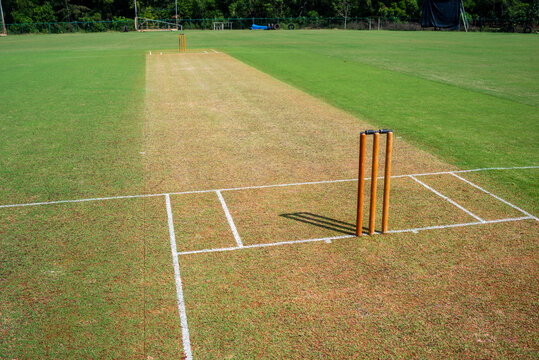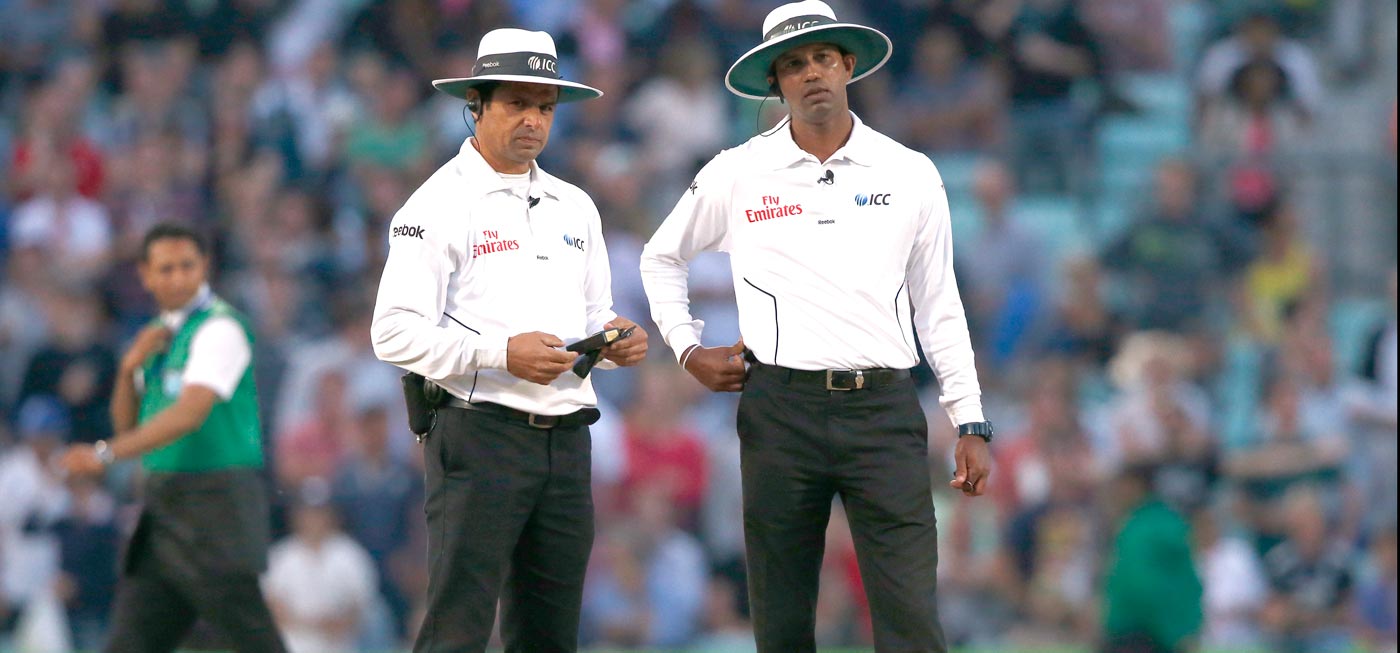6.1 Dimensions of the Pitch
The playing pitch is a rectangular area, measuring 22 yards (approximately 20.12 meters) in length and 10 feet (around 3.05 meters) in width. Imaginary lines running parallel to the line connecting the centers of the two middle stumps define it at each end, with these imaginary lines positioned 5 feet (approximately 1.52 meters) away from the central line on either side. If the pitch is adjacent to an artificial pitch closer than 5 feet to the middle stumps, the playing area on that side will extend only to the junction of the two surfaces. Refer to Laws 8.1 (Description, width, and pitching), 8.4 (Junior cricket), and 7.2 (The bowling crease) for more details.
6.2 Determining Pitch Fitness
The fitness of the pitch for play is solely at the discretion of the umpires. Please see Laws 2.7 (Fitness for play) and 2.8 (Suspension of play in dangerous or unreasonable conditions) for further information.
6.3 Selection and Preparation
Before the commencement of the match, the Ground Authority is responsible for selecting and preparing it. During the match, the umpires are tasked with overseeing its use and maintenance.
6.4 Changing the Pitch
Unless the umpires jointly conclude that it is unsafe or impractical to continue playing on it, teams may not alter or replace it during the match. In such cases, any change can only occur with the mutual agreement of both team captains.
6.5 Non-Turf Pitches
If a non-turf pitch is utilized, the artificial surface must adhere to specific measurements:
- Length: A minimum of 58 feet (approximately 17.68 meters).
- Width: A minimum of 6 feet (around 1.83 meters).
Refer to Law 9.8 (Non-turf pitches) for additional details on non-turf playing surfaces.
6.6 Junior Cricket
For junior cricket matches, the appropriate Governing Body for cricket in the respective country will determine its length.




2 thoughts on “Law 6 – The Pitch”